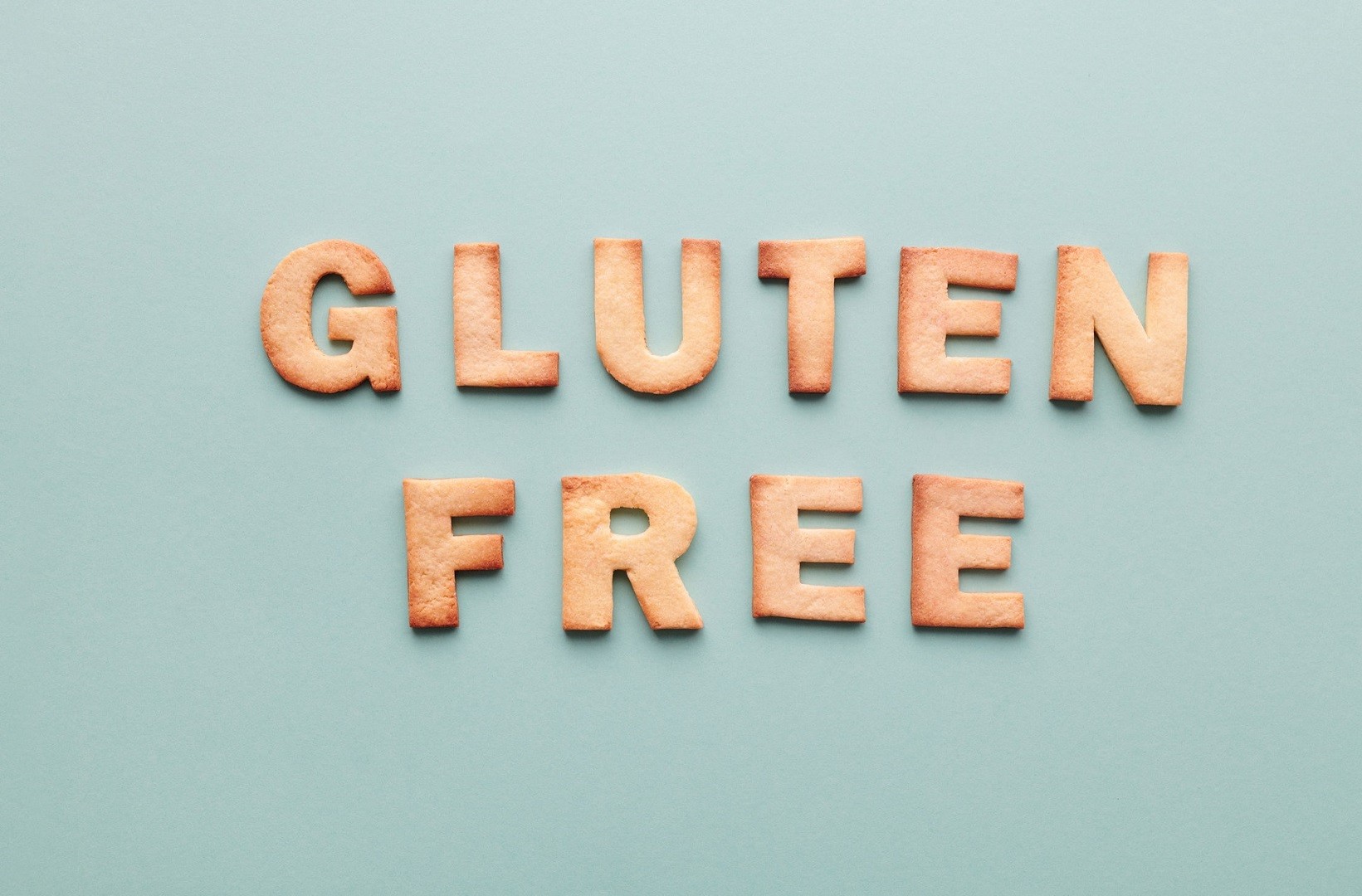
Gluten is a protein that is found in many grains such as wheat, rye, barley, and oats, as well as the foods that are made from these grains. If you are going gluten free, you are choosing a diet that is completely free from these grains. Gluten free diets are medically necessary if you suffer from Coeliac disease or dermatitis herpetiformis (a skin sensitivity that is induced by gluten). You may opt to follow a gluten free diet for other reasons if you choose but it is not necessary.
About Celiac Disease
Coeliac disease is when the body is permanently unable to tolerate gluten. In the small intestine, there are small projections called "villi", and the villi are responsible for digesting and absorbing nutrients including carbohydrates, fats, and proteins. If you suffer from celiac disease and you eat gluten, these villi will become inflamed and flattened, and they are unable to properly digest nutrients. Some symptoms of celiac disease include diarrhea, anaemia, indigestion, abdominal pain, weight loss, fatigue and bloating. To properly diagnose coeliac disease, it is essential that a small bowel biopsy is performed.
To treat celiac disease, it is important that a person follows a gluten free diet for the rest of their life. Once gluten has been removed from the diet, the damage to the small intestine is able to heal. The symptoms that a person suffers will start disappearing within days.
Foods to be Avoided on a Gluten Free Diet
On a gluten free diet, it is very important to avoid all sources of gluten. Gluten is found in wheat, barley, rye, oats and triticale. The grains themselves as well as any foods that contain these grains need to be avoided. Some foods to be avoided are obvious – such as breads, cereals, cakes, pasta, and biscuits. However, many foods are a hidden source of gluten as they use additives containing gluten, such as thickeners and stabilisers. For this reason, it is important to read the ingredients lists on foods as even small amounts of gluten are enough to cause damage.
Foods to Eat on a Gluten Free Diet
While it may seem that there are a lot of foods that need to be avoided on a gluten free diet, the good news is that there is still a large range of variety. Some grains that are safe to eat include:
- amaranth
- arrowroot
- buckwheat
- cornflour (from corn, not wheat)
- cornmeal
- lentil flour
- millet meal
- polenta
- potato flour
- psyllium
- quinoa
- rice
- rice flour
- rice noodles
- sago
- soya flour
- tapioca
Many products that are traditionally made from wheat are also available in gluten free forms. This means that you are still able to enjoy cakes, biscuits, breads, pastries and other foods without the worry of whether or not you are damaging your health.
If you are following a gluten free diet, you must be sure that you are getting enough protein and are not suffering from anaemia. Because gluten is a protein, some gluten free flours are low in protein as the gluten has been removed. These are usually supplemented with milk protein but it is important that you get enough protein from other sources in your diet such as from lean meats, chicken, fish, nuts, lentils, dairy products and so forth.
Many people that suffer from celiac disease are also anaemic, especially just after diagnosis, as they suffer from an iron deficiency. However, the anaemia could also be due to a folic acid or vitamin B12 deficiency. Iron supplements may be prescribed by your doctor but it is vital that you include plenty of lean red meats in your diets as well as vegetable sources of iron such as leafy green vegetables, pulses, lentils and nuts. To help your body to absorb the iron, drink fruit juice with meals.
Originally published on May 02, 2008








